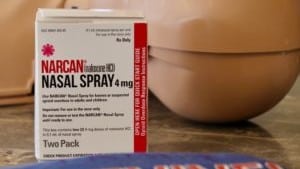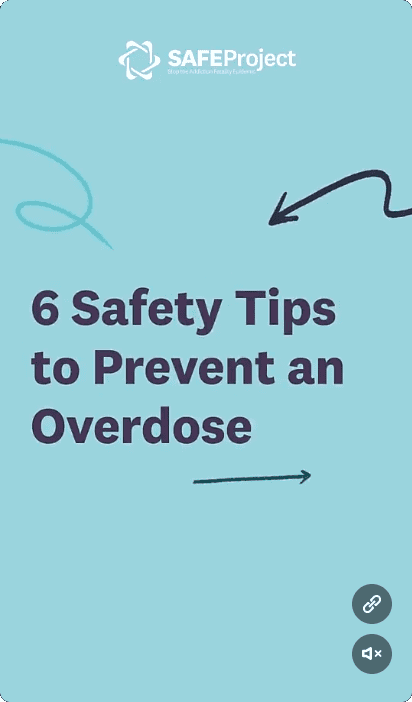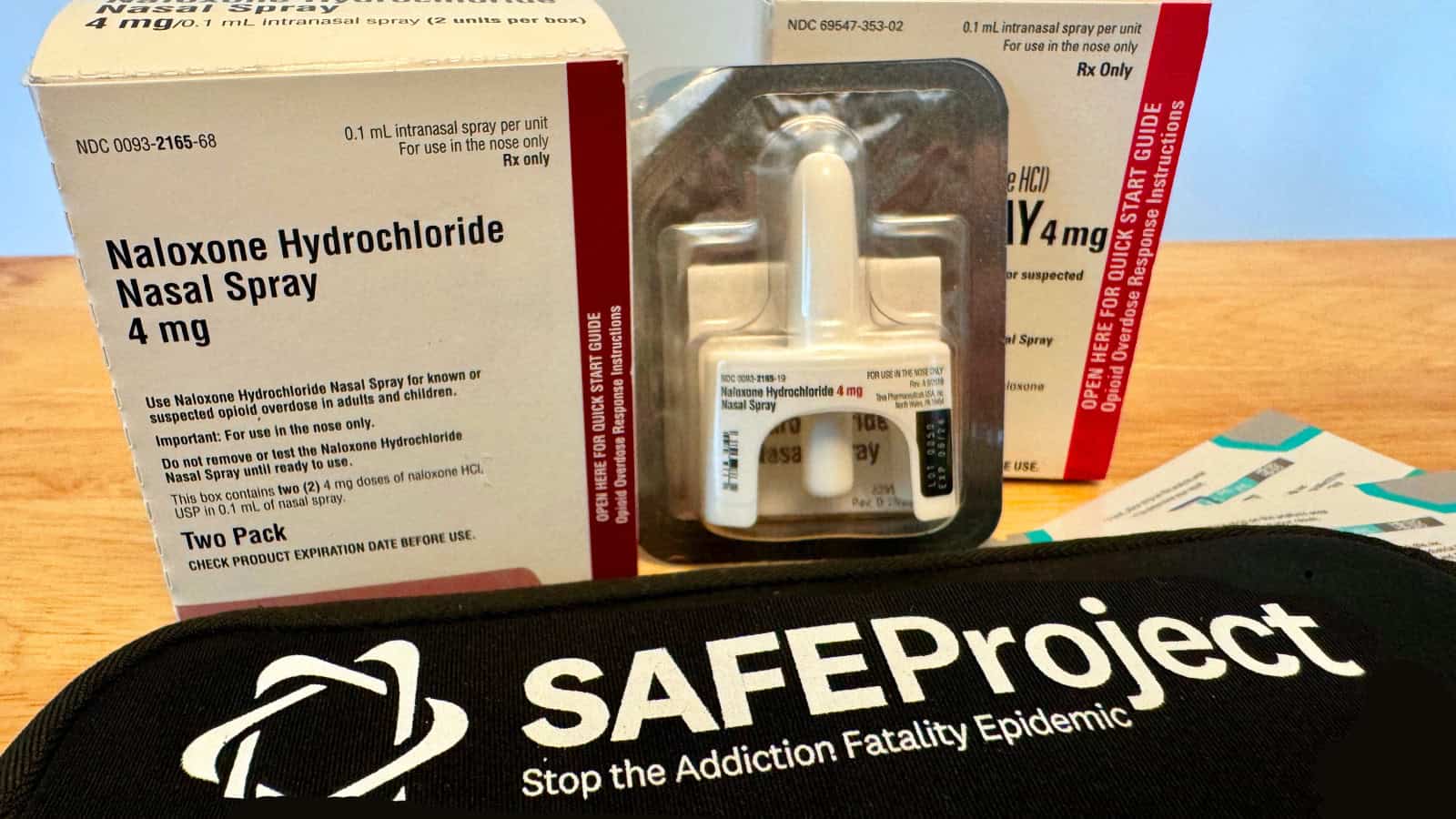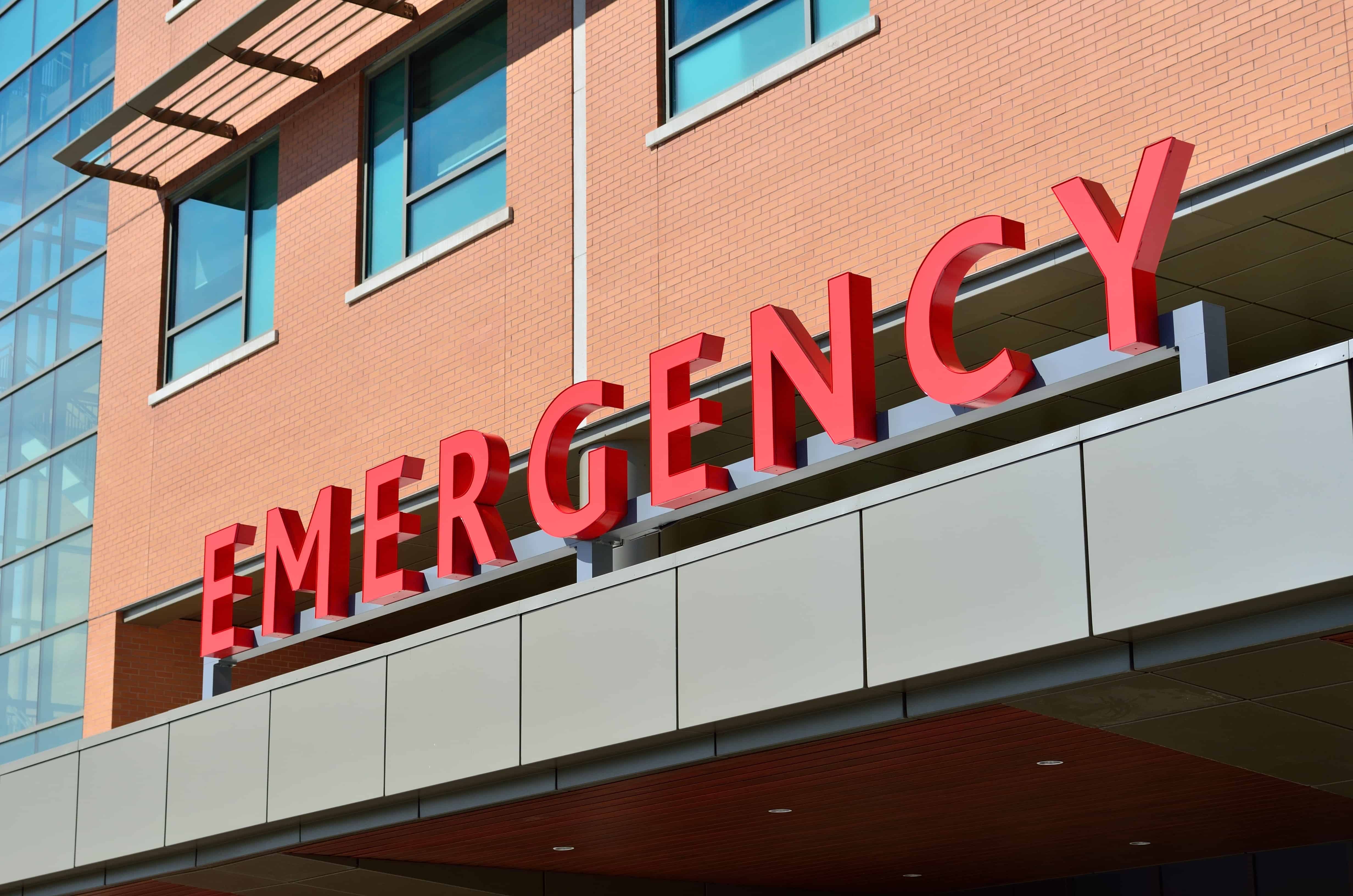The tips listed below can help individuals who use drugs build a safety plan to prevent overdose. For even more information, check out our free 30-minute opioid response online training.
Safety Plan Checklist
- KNOW THE SIGNS OF AN OVERDOSE:
Signs of an overdose may include loss of consciousness, being awake but unable to talk, breathing is very slow and shallow, erratic, or has stopped, for lighter skinned people, the skin tone turns bluish purple, for darker skinned people, it turns grayish or ashen, choking sounds, or a snore-like gurgling noise, vomiting, pulse (heartbeat) is slow, erratic, or not there at all. - ALWAYS CARRY NALOXONE:
Naloxone will reverse an opioid overdose. Have multiple doses out and ready to go. Tell trusted friends how to use Naloxone. Good Samaritan Laws protect individuals from being charged for drug possession if someone contacts 911. - NEVER USE ALONE:
Taking turns using so someone can respond in the event of an overdose can be very helpful. If this is not possible, letting someone know the location and asking for a call or text after 3-5 minutes to check in is an alternative option. The Never Use Alone Hotline is available 24/7 at 1-800-484-3731 which provides a life-saving point of contact for people who use drugs. - CHECK YOUR SUPPLY:
Checking for changes in drugs like color or taste and the way it dissolves or cooks can be helpful in determining next steps to ensure safety. Extra caution may be taken if the sources of substances has changed, like a different dealer. - TEST FOR FENTANYL:
Fentanyl is a powerful synthetic opioid that is about 50x stronger than heroin and it can be found in a number of different substances, like heroin, meth, cocaine, and pressed pills. Fentanyl Test Strips can identify the presence of fentanyl in unregulated drugs and can test injectable drugs, powders, and pills. - SLOW DOWN:
Use less if there have been any changes to tolerance, since using the same amount increases overdose risk. This may be true after long periods of abstinence and we acknowledge that recovery is non-linear and re-occurrence of use happens.

Download Your Safety Plan
How To Use Fentanyl Test Strips
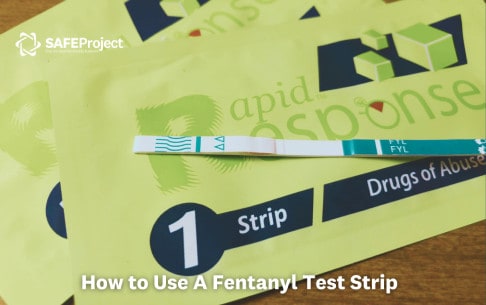
Fentanyl is a powerful synthetic opioid that is about 50x stronger than heroin and it can be found in a number of different substances, like heroin, meth, cocaine, and pressed pills. Fentanyl Test Strips can identify the presence of fentanyl in unregulated drugs and can test injectable drugs, powders, and pills. There is not a tool available for finding Fentanyl Test Strips in specific areas but some Harm Reduction Agencies or Health Departments have them available.
Additional Resources
More About Fentanyl
Fentanyl is a deadly synthetic opioid that is stronger than morphine. It can be found in a number of different substances such as heroin, meth, cocaine, and pressed pills.
More About Naloxone
Naloxone is a non-scheduled, prescription medication used in opioid overdoses to counteract life-threatening depression of the central nervous and respiratory systems.


